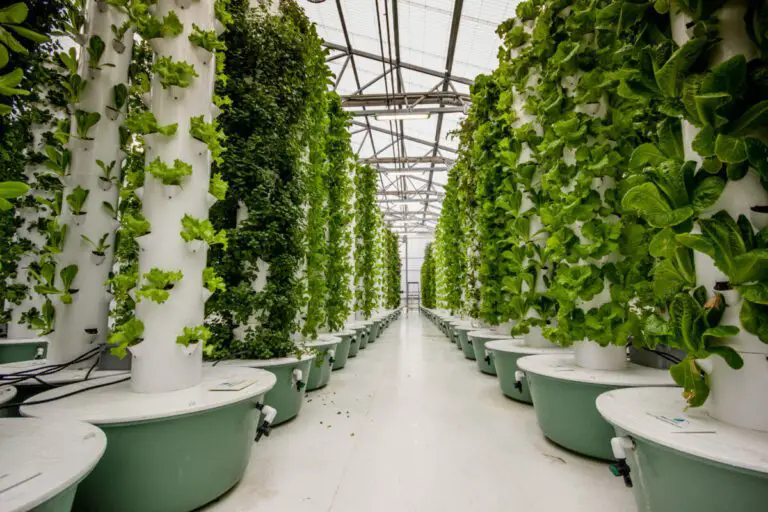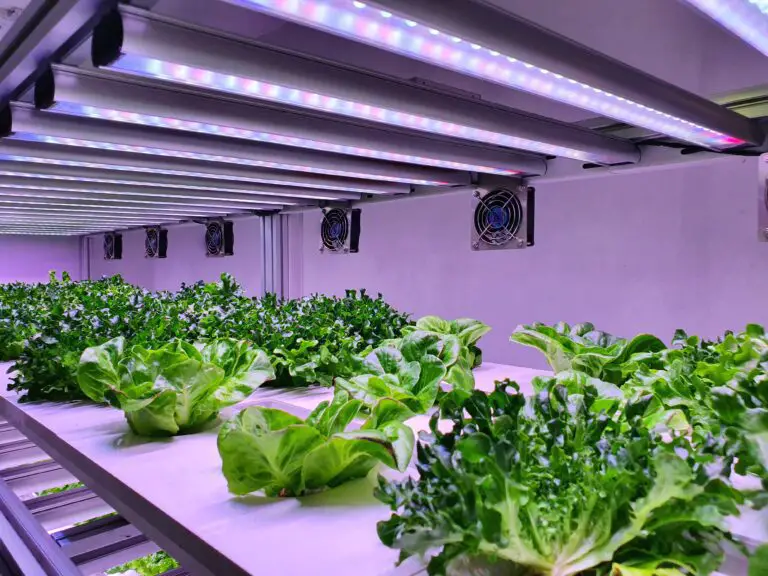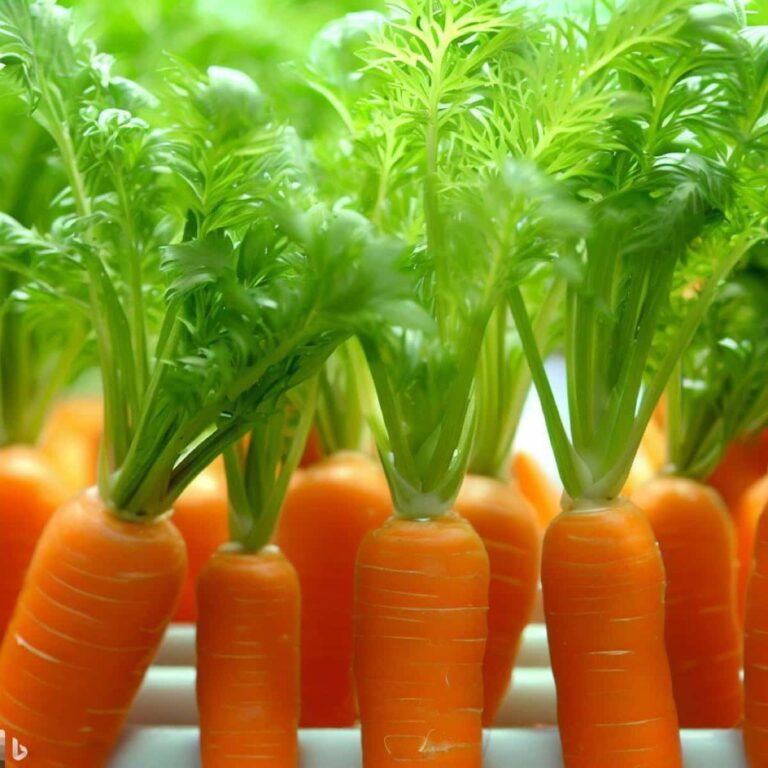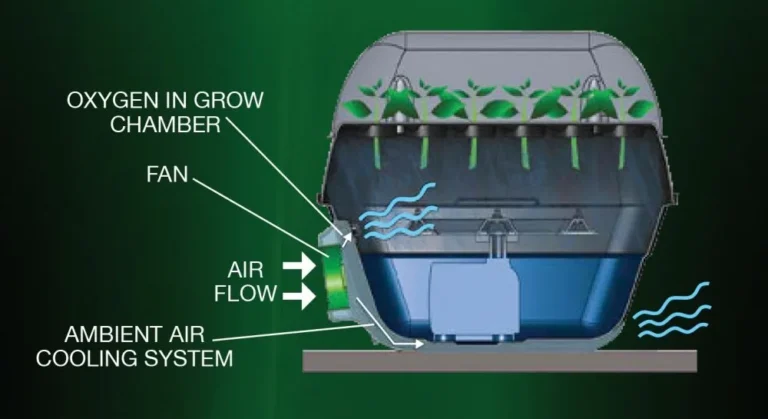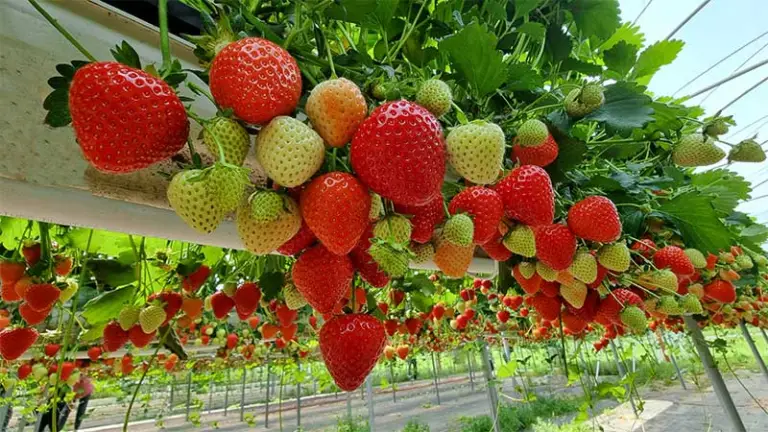Hydroponic Cucumbers: The Ultimate Growing Guide
Table of Contents
Preparing the Hydroponic System
To set up a successful hydroponic system for growing cucumbers, there are several important steps to follow. First and foremost, it is crucial to ensure that the system is clean and free from any contaminants that may harm the crop. Thoroughly sanitize all equipment, including containers, pipes, and pumps, using a mixture of hydrogen peroxide and water. This will help prevent the growth of harmful bacteria and fungi that can negatively impact the plants.
Next, it is essential to choose a suitable growing medium for the cucumber plants. Rockwool cubes or slabs are commonly used in hydroponics due to their excellent water retention capabilities and ability to provide essential oxygen to the roots. Alternatively, coco coir or perlite can also be used as the growing medium, as they offer good drainage while still retaining enough moisture.
Once the growing medium is in place, it is time to establish the nutrient solution for the hydroponic system. Cucumbers are heavy feeders, requiring a balanced mix of macronutrients (nitrogen, phosphorus, and potassium), as well as essential micronutrients (such as iron, magnesium, and calcium). Consider using a commercial hydroponic nutrient solution that is specially formulated for cucumbers. With the correct nutrient solution, you can provide the plants with the essential elements they need for healthy growth and abundant fruiting.
Ensuring that the hydroponic system is set up correctly is crucial for the success of growing cucumbers. By following these steps, you can create an optimized environment that promotes vigorous plant growth and high yields. In the next sections, we will explore in detail how to select the right cucumber variety, provide adequate lighting, maintain temperature and humidity levels, and manage nutrient solution strength to maximize the potential of your hydroponic cucumber cultivation.
Selecting the Right Cucumber Variety
When it comes to selecting the right cucumber variety for your hydroponic system, there are several factors to consider. First and foremost, you’ll want to choose a variety that is well-suited for greenhouse cultivation and can thrive in a controlled environment. Look for cucumbers that are disease-resistant, as this can help prevent common issues in hydroponic systems. Additionally, consider the size and shape of the cucumbers you desire, as different varieties produce different types of fruit. Some cucumbers are best for slicing, while others are ideal for pickling. Taking into account your personal preferences and market demands can help narrow down your options.
Another important aspect to consider is the growth habit of the cucumber variety. Some varieties are bush type, which means they have a compact growth habit and can be grown vertically. This can be beneficial for hydroponic systems with limited space. On the other hand, vine varieties require more horizontal space for their sprawling growth. Consider the available space in your hydroponic system and choose a cucumber variety that suits your setup.
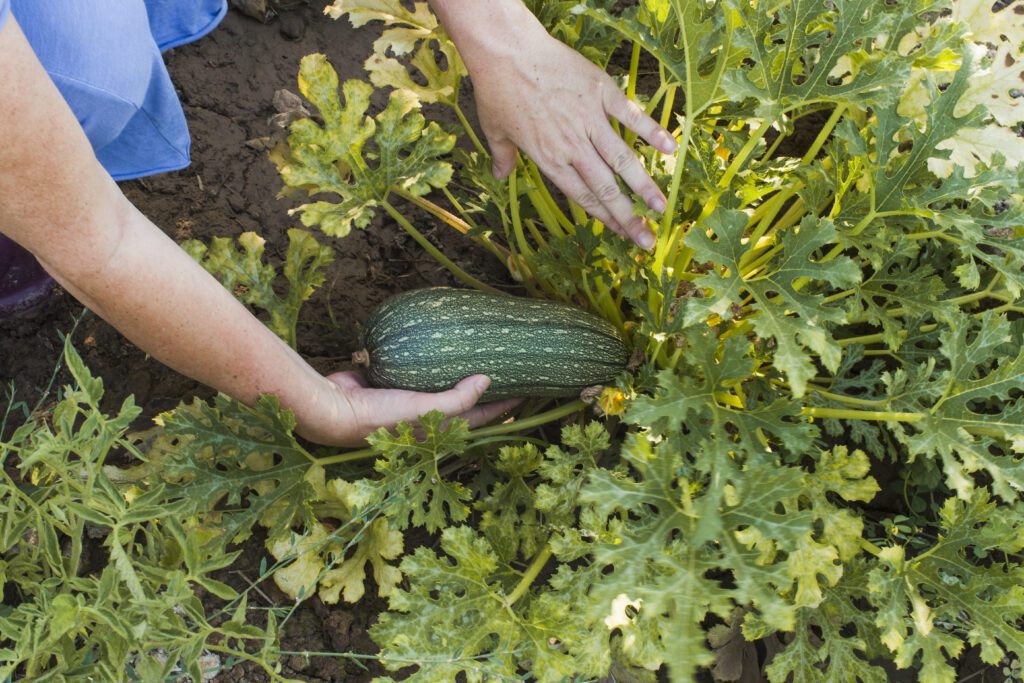
Overall, selecting the right cucumber variety for your hydroponic system is a crucial step in ensuring successful cultivation. By considering disease resistance, fruit size and shape, as well as growth habit, you can narrow down your options and choose the best cucumber variety to meet your needs.
Providing Adequate Lighting for Cucumber Growth
To ensure healthy cucumber growth in a hydroponic system, providing adequate lighting is crucial. Cucumbers are a light-loving plant and require sufficient light to carry out photosynthesis effectively. In a controlled environment like a hydroponic setup, the lighting must be carefully managed to replicate the intensity and duration of natural sunlight.
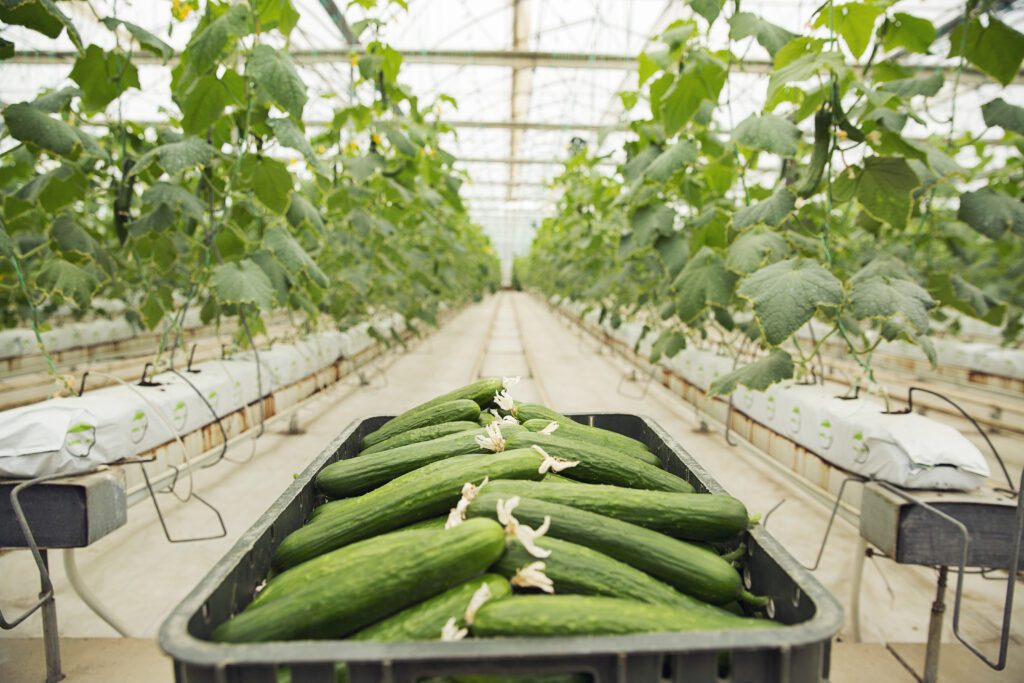
When selecting lighting for cucumber growth, it is essential to opt for full-spectrum lights that can provide a wide range of light wavelengths. LED grow lights are a popular choice, as they are energy-efficient and can be tuned to emit the ideal spectrum for cucumber plants. The recommended light intensity for cucumbers is around 500 to 800 micromoles per square meter per second (µmol/m²/s), with a photoperiod of 12 to 16 hours.
Proper positioning of the lights is also crucial. Hanging the lights at an appropriate height and ensuring even distribution of light across the canopy is essential to avoid shading and promote uniform growth. Regular monitoring of light levels using a light meter can help maintain optimal conditions for cucumber growth.
In conclusion, providing adequate lighting for cucumber growth in a hydroponic system is vital to ensure the plants receive the necessary light energy for photosynthesis. Choosing full-spectrum LED grow lights and positioning them correctly can help replicate the natural sunlight conditions necessary for healthy cucumber development. By carefully managing the lighting, gardeners can create an optimal environment that promotes high yields and strong, vibrant cucumber plants in their hydroponic system.
Maintaining Proper Temperature and Humidity Levels
Maintaining proper temperature and humidity levels is crucial for the successful growth of cucumbers in a hydroponic system. Cucumbers thrive in temperatures between 70°F and 85°F (21°C and 29°C), with an ideal range of 75°F to 80°F (24°C to 27°C). Extreme temperatures can lead to poor fruit set and reduce overall yield. Therefore, it is essential to monitor and regulate the temperature within the growing area.
Adequate humidity levels also play a significant role in cucumber cultivation. The ideal relative humidity for cucumber plants is between 50% and 70%. Too high humidity can increase the risk of diseases, such as powdery mildew, while excessively low humidity can lead to stunted growth and wilting. Maintaining proper humidity levels can be achieved by using a combination of techniques, including ventilation, misting systems, and dehumidifiers, depending on the specific requirements of the growing environment.
In order to ensure optimum growing conditions for cucumbers, it is important to regularly measure and adjust both temperature and humidity levels. By doing so, you can create an environment that promotes healthy plant growth, maximizes yields, and minimizes the risk of pests and diseases. In the following sections, we will provide further insights into effective techniques and tools for temperature and humidity regulation in a hydroponic cucumber system.
Certainly, Here’s a table summarizing the provided information on temperature and humidity management in hydroponic cucumber cultivation:
| Aspect | Recommendation | Impact on Crops |
|---|---|---|
| Temperature Measurement | Regular monitoring and adjustment | Ensures optimal growth conditions |
| Temperature Range | 70°F to 85°F (21°C to 29°C) | Maintains suitable conditions |
| Ideal Temperature Range | 75°F to 80°F (24°C to 27°C) | Promotes optimal fruit set |
| Extreme Temperatures | Avoid extremes to prevent poor fruit set | Averts reduced yield |
| Temperature Regulation | Monitor and regulate within the ideal range | Ensures consistent conditions |
| Humidity Measurement | Regular monitoring and adjustment | Supports healthy growth |
| Humidity Range | 50% to 70% | Maintains optimal conditions |
| High Humidity Impact | Increases disease risk (e.g., powdery mildew) | Promotes disease prevention |
| Low Humidity Impact | Stunted growth and wilting | Prevents growth-related issues |
| Humidity Regulation | Use ventilation, misting, dehumidifiers | Ensures proper humidity levels |
Ensuring Sufficient Air Circulation in the Growing Area
To ensure the optimal growth of cucumber plants in a hydroponic system, it is crucial to provide sufficient air circulation in the growing area. Adequate air movement not only helps with temperature regulation but also enhances the exchange of gases necessary for the plants’ photosynthesis process. Without proper air circulation, stagnant air can lead to an increased risk of diseases and pests, as well as inhibit the overall health and development of the cucumber plants.
One effective way to ensure sufficient air circulation is by using fans strategically placed throughout the growing area. These fans should be positioned to create gentle airflow that reaches all corners of the space, avoiding direct and excessive wind exposure on the cucumber plants. By gently moving the air, fans promote transpiration, which helps prevent excessive humidity levels and reduce the risk of fungal diseases. Additionally, the steady airflow created by the fans prevents the buildup of stagnant pockets of air, which can attract pests and hinder the delivery of oxygen to the roots.
Understanding the Nutrient Requirements for Cucumber Plants
Cucumber plants, like all plants, require a balanced blend of nutrients to thrive and produce healthy fruits. Understanding the nutrient requirements of cucumber plants is crucial for successful hydroponic cultivation.
The primary macro-nutrients that cucumbers need in large quantities are nitrogen (N), phosphorus (P), and potassium (K). Nitrogen is necessary for foliage growth, phosphorus aids in root development, and potassium supports overall plant health and fruit production. These macro-nutrients can be supplemented through commercial hydroponic nutrient solutions designed specifically for cucumbers.
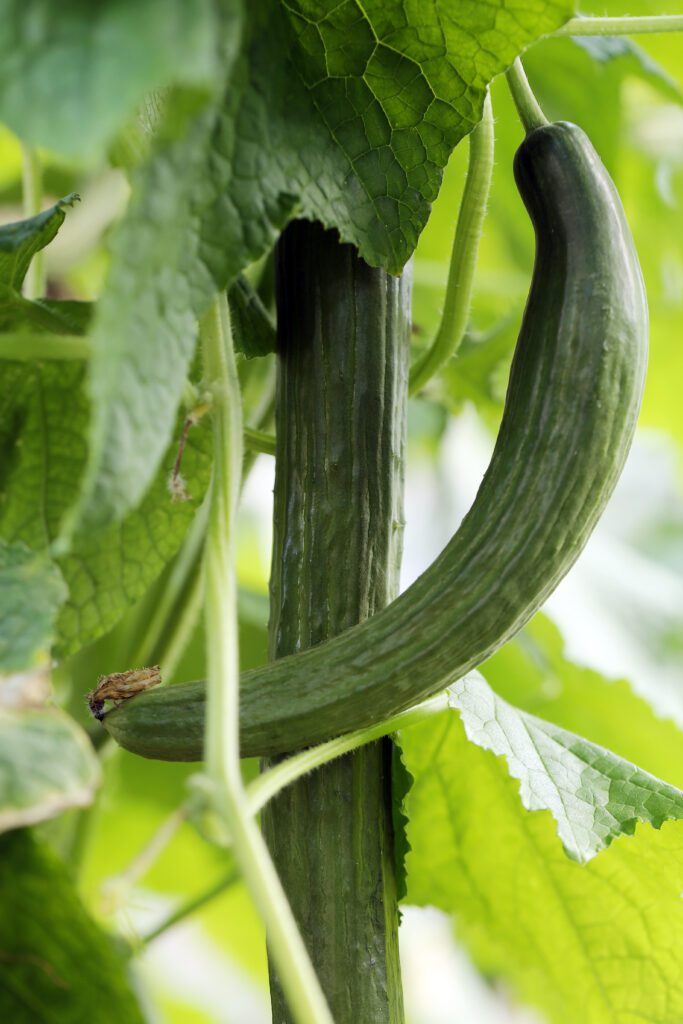
In addition to the macro-nutrients, cucumber plants also require essential micro-nutrients such as iron, manganese, zinc, copper, and boron. These trace elements play crucial roles in various metabolic processes and help maintain plant vigor and disease resistance. It is essential to ensure that the hydroponic nutrient solution includes these micro-nutrients in appropriate concentrations to avoid nutrient deficiencies or imbalances.
Choosing the Right Nutrient Solution for Hydroponic Cucumbers
Choosing the right nutrient solution for hydroponic cucumbers is a critical step in ensuring optimal growth and productivity. The nutrient solution serves as the primary source of essential minerals and elements needed for healthy plant development. To make an informed decision, it is important to understand the specific nutrient requirements of cucumber plants.
Cucumbers are heavy feeders, requiring a well-balanced nutrient solution that provides a complete range of macro and micronutrients. These include nitrogen, phosphorus, potassium, calcium, magnesium, and trace elements such as iron, manganese, zinc, and copper. Each of these nutrients plays a vital role in various plant processes, from promoting vigorous vegetative growth to facilitating flower and fruit production.
To determine the appropriate nutrient solution for your hydroponic cucumbers, it is recommended to conduct a water and soil analysis. This analysis will provide valuable insights into the nutrient composition of your growing medium and help identify any deficiencies or excesses that need to be addressed. Additionally, consider using a well-regarded nutrient calculator or consulting with a hydroponics expert to ensure accurate nutrient formulation for your cucumbers.
Remember, providing cucumbers with the right balance of nutrients is crucial for their overall health and productivity. Investing time and effort in selecting the appropriate nutrient solution will lay the foundation for a successful hydroponic cucumber cultivation, resulting in bountiful harvests and satisfying gardening experiences.
Monitoring and Adjusting pH Levels in the Hydroponic System
Maintaining proper pH levels in a hydroponic system is crucial for the successful growth of cucumber plants. The pH level affects nutrient availability and absorption, ultimately impacting the plant’s overall health and productivity. As a gardener, it is important to regularly monitor and adjust the pH levels to ensure optimal conditions for your cucumber plants.
The ideal pH range for hydroponic cucumber cultivation is between 5.8 and 6.2. This slightly acidic environment promotes nutrient uptake and prevents nutrient deficiencies or toxicities. To monitor the pH levels, you can use a pH meter or pH test strips specifically designed for hydroponics. It is recommended to check the pH levels daily, as they can fluctuate due to various factors such as nutrient solution changes, plant uptake, and pH drift.

If the pH level deviates from the desired range, adjustments should be made promptly. To increase the pH, you can add small amounts of pH-up solutions, such as potassium hydroxide or calcium carbonate, following the manufacturer’s instructions. On the other hand, to lower the pH, pH-down solutions, like phosphoric acid or citric acid, can be used in small increments. It is crucial to make gradual adjustments and retest the pH after each addition, as sudden drastic changes can harm the plants. Remember to keep track of the amount of pH-adjusting solutions used, as excessive additions can lead to imbalances in the nutrient solution.
By diligently monitoring and adjusting the pH levels in your hydroponic system, you ensure that your cucumber plants receive the optimal nutrient availability for strong growth and abundant yields. Providing a stable and suitable pH environment is just one aspect of successful hydroponic cultivation, but it is an essential factor in maximizing the potential of your cucumber plants.
Managing Nutrient Solution Strength for Optimal Growth
The nutrient solution strength is a critical factor in achieving optimal growth for your hydroponic cucumber plants. It is essential to ensure that the plants receive the right balance of nutrients for healthy development and high yields.
To manage the nutrient solution strength effectively, start by measuring the electrical conductivity (EC) of the solution regularly. EC is a measure of the nutrient concentration in the solution. Use a reliable EC meter to monitor the EC levels, which should ideally be within the recommended range for cucumber cultivation.
Adjust the nutrient solution strength by either diluting the solution with water or adding concentrated nutrient solutions to achieve the desired EC level. It is crucial to make gradual adjustments and closely observe the plant’s response to avoid nutrient imbalances or shocks that could harm the plants. Remember that nutrient requirements may vary at different stages of growth, so the nutrient solution strength may need to be adjusted accordingly.
Maintaining the optimal nutrient solution strength will help ensure that your hydroponic cucumber plants receive the necessary elements for healthy growth. By carefully monitoring and adjusting the nutrient levels based on EC measurements, you can provide the right balance of nutrients to support optimal plant development and abundant yields.
Caring for Cucumber Seedlings and Transplants
After carefully germinating your cucumber seeds and ensuring that they have developed into healthy seedlings, it is important to provide proper care to ensure their successful growth and development in the hydroponic system. One crucial aspect of caring for cucumber seedlings and transplants is to ensure that they receive the right amount of water. Overwatering can lead to root rot and hinder their growth, while underwatering can cause them to wilt and die. It is recommended to check the moisture levels of the growing medium regularly and water the seedlings as needed, ensuring that the roots are adequately hydrated but not sitting in standing water.
In addition to sufficient watering, it is essential to provide the cucumber seedlings and transplants with adequate nutrition. As hydroponic systems rely on nutrient solutions instead of soil, it is crucial to monitor and maintain the nutrient levels in the solution. Follow the recommended guidelines for the specific cucumber variety you are growing and adjust the nutrient solution accordingly. Nutrient deficiencies or imbalances can lead to stunted growth, leaf yellowing, and decreased fruit production. Regularly test the nutrient solution using a reliable method and make any necessary adjustments to ensure that the cucumber seedlings and transplants receive the appropriate balance of essential macronutrients and micronutrients for optimal growth.

Planting Cucumber Seeds or Seedlings in the Hydroponic System
Planting cucumber seeds or seedlings in a hydroponic system is a crucial step in ensuring successful cultivation. When it comes to choosing between seeds and seedlings, both have their advantages. Seeds offer a wider variety of cucumber options and are generally more cost-effective. However, they require more time and effort to germinate and establish. On the other hand, seedlings provide a head start with a stronger root system, making them more resilient and less prone to transplant shock. Whichever option you choose, the process of planting remains relatively the same.
Before planting, prepare the hydroponic system by ensuring the pH and nutrient levels are within the appropriate range. This will create an optimal environment for the cucumber plants to thrive. If using seedlings, carefully remove them from their containers, being mindful not to damage their delicate root systems. Gently place the seedling into the growing medium, ensuring that the roots are adequately covered. For seeds, create small holes in the growing medium, following the recommended spacing guidelines, and place the seeds inside. Cover the seeds with a thin layer of growing medium and lightly water the area. It is essential to maintain consistent moisture levels throughout the germination and early growth stages.
Providing Proper Support for Cucumber Vines
Supporting cucumber vines is essential for their optimal growth and development in a hydroponic system. As cucumber plants grow and produce fruit, their vines can become heavy and prone to bending or breaking. Therefore, providing proper support ensures that the plants remain upright, preventing any potential damage.
One effective method of supporting cucumber vines is by using trellises or stakes. These structures offer stability and help the vines grow vertically, maximizing space utilization in the hydroponic setup. Trellises can be made of various materials such as bamboo, wood, or metal, and should be tall enough to accommodate the full length of the vines. Secure the plants to the trellis or stake using soft plant ties or clips, allowing them to grow upward and prevent them from sprawling along the ground.
Supporting cucumber vines not only promotes healthy growth but also facilitates easier access for maintenance tasks such as pruning, training, and harvesting. Additionally, vertical growth allows greater exposure to light and airflow, which are crucial for photosynthesis and reducing the risk of fungal diseases. By implementing proper support structures, hydroponic gardeners can ensure the productive growth of cucumber plants while optimizing space and accessibility in their cultivation areas.
In the next section, we will explore the essential practices for pruning and training cucumber plants to maximize their yield and promote efficient growth.
Pruning and Training Cucumber Plants for Maximum Yield
Cucumber plants are vigorous climbers that can quickly take over a hydroponic system if not properly pruned and trained. Pruning and training cucumber plants is essential for maximizing yield and preventing overcrowding. By removing excess foliage and directing the growth of the plants, gardeners can ensure that each cucumber receives ample light and airflow, promoting healthy development and preventing the spread of disease.
When it comes to pruning cucumber plants, the goal is to remove any excessive growth that competes for resources without sacrificing the overall health of the plant. Start by removing any yellowing or damaged leaves, as they can be a breeding ground for pests and diseases. Next, focus on removing the lateral shoots, also known as side branches, that emerge from the main stem. Using sharp, clean pruners, make clean cuts at a 45-degree angle just above the junction where the lateral shoot meets the main stem. This promotes better airflow and light penetration, reducing the risk of fungal infections and ensuring that the remaining fruits receive sufficient nutrients and energy from the plant.

Managing Pests and Diseases in Hydroponic Cucumber Cultivation
Managing pests and diseases is essential in hydroponic cucumber cultivation to ensure healthy plant growth and a bountiful harvest. One of the most common pests that affects cucumbers is aphids. These small insects feed on the sap of the plants, causing stunted growth and the spread of viral diseases. To control aphids, it is advisable to introduce beneficial insects such as ladybugs or lacewings, which prey on aphids and keep their population in check.
Another pest that often plagues hydroponic cucumber systems is the whitefly. These tiny, flying insects lay their eggs on the undersides of the cucumber leaves, leading to population explosions if left uncontrolled. To prevent whitefly infestations, regular monitoring is crucial. Implementing sticky traps and using organic insecticides like neem oil can help reduce their numbers. Additionally, removing and destroying any infected leaves or plants can prevent the spread of whiteflies to healthy cucumbers.
When it comes to diseases, powdery mildew is a common issue faced by hydroponic cucumber growers. This fungal infection manifests as a white, powdery coating on the leaves and stems, eventually causing plant death if left untreated. To combat powdery mildew, it is vital to maintain proper airflow and reduce humidity levels in the growing area. Regularly pruning excess foliage and spacing plants adequately can also aid in preventing the spread of this disease. Fungicides approved for hydroponic use can be employed as a last resort, but it is essential to follow the instructions and guidelines for their safe application.
By diligently monitoring and taking proactive measures against common pests and diseases, hydroponic cucumber cultivators can safeguard their crops and maximize the success of their cultivation efforts. Regular inspections, early detection, and prompt intervention are key to maintaining a healthy and thriving hydroponic cucumber system.
| Pest/Disease | Crops Affected | Cropping Stage Affected |
|---|---|---|
| Aphids | Cucumbers and other vegetables | Seedling to Harvest |
| Spider Mites | Cucumbers | Vegetative to Flowering |
| Whiteflies | Cucumbers and other crops | Seedling to Harvest |
| Powdery Mildew | Cucumbers | Flowering to Harvest |
| Downy Mildew | Cucumbers | Flowering to Harvest |
| Fusarium Wilt | Cucumbers | Seedling to Harvest |
| Pythium (Root Rot) | Cucumbers | Seedling to Vegetative |
| Cucumber Mosaic Virus | Cucumbers | Seedling to Harvest |
| Thrips | Cucumbers and other vegetables | Seedling to Flowering |
Harvesting and Storing Hydroponic Cucumbers
Harvesting and storing hydroponic cucumbers is a crucial step in ensuring the freshness and quality of your harvest. When it comes to harvesting, cucumbers are best picked when they have reached their ideal size and color. For slicing cucumbers, this is typically when they are about 6-8 inches in length and have a vibrant green color. Pickling cucumbers, on the other hand, are best harvested when they are smaller, around 3-4 inches, for that perfect pickled crunch.
To harvest, simply grasp the cucumber gently and twist it off the vine. Avoid pulling or tugging, as this can damage the plant. It’s important to regularly check your plants for ripe cucumbers, as leaving them on the vine for too long can result in overripens and a decline in quality.
Once harvested, it’s crucial to store your hydroponic cucumbers properly to maintain their freshness and flavor. Cucumbers are sensitive to temperature and humidity, so it’s important to store them in a cool and dry place. Wrap each cucumber individually in a paper towel or place them in a breathable container to prevent moisture buildup.
Remember, cucumbers are best enjoyed when fresh, so try to consume them within a week of harvesting. If you have an abundance of cucumbers, consider pickling or preserving them to extend their shelf life. By following these steps, you can savor the crispness and deliciousness of your hydroponic cucumbers long after they’ve been harvested.
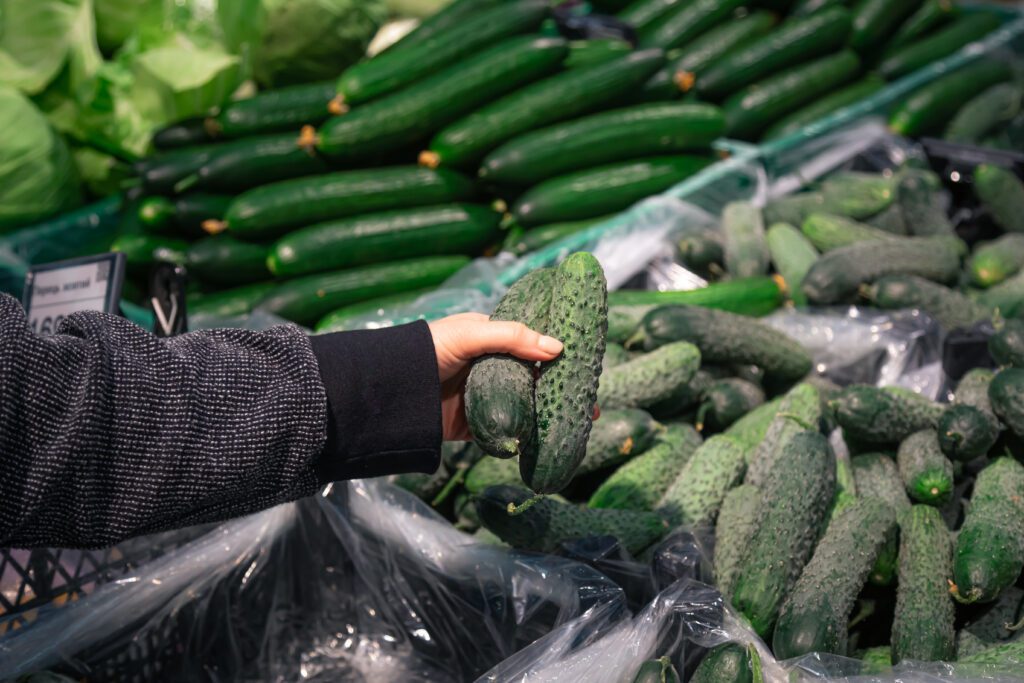
To know more about hydroponic cucumber cultivation watch the video
How do I prepare the hydroponic system for growing cucumbers?
To prepare the hydroponic system, you need to clean and sterilize all the equipment, ensure proper water circulation, and check the pH and nutrient levels.
What factors should I consider when selecting a cucumber variety for hydroponic cultivation?
When selecting a cucumber variety, consider its growth habit, disease resistance, and fruit quality. Some popular hydroponic cucumber varieties include “Diva,” “Marketmore,” and “Telegraph.”
How can I provide adequate lighting for cucumber growth in a hydroponic system?
You can provide adequate lighting for cucumber growth by using high-quality LED grow lights, positioning them at the appropriate distance from the plants, and providing a light cycle of around 14-16 hours per day.
What temperature and humidity levels should be maintained for optimal cucumber growth in hydroponics?
It is recommended to maintain a temperature range of 70-80°F (21-27°C) during the day and 60-70°F (15-21°C) at night. The humidity levels should be kept between 50-70% for cucumber plants.
How can I ensure sufficient air circulation in the growing area for hydroponic cucumbers?
You can ensure sufficient air circulation by using fans in the growing area, positioning them strategically to promote airflow, and avoiding overcrowding of plants.
What are the nutrient requirements for cucumber plants in a hydroponic system?
Cucumber plants require a balanced nutrient solution containing nitrogen, phosphorus, potassium, and other essential micronutrients. The ideal nutrient requirements can vary depending on the growth stage of the plants.
How do I monitor and adjust pH levels in a hydroponic system for cucumbers?
You can monitor the pH levels using a pH meter or test strips and adjust them by adding pH up or pH down solutions to maintain a pH range of 5.8-6.5 for cucumber plants.
How should I care for cucumber seedlings and transplants in a hydroponic system?
Care for cucumber seedlings and transplants by providing proper lighting, maintaining the right temperature and humidity, and gradually acclimating them to the hydroponic system.
How do I provide proper support for cucumber vines in a hydroponic system?
You can provide support for cucumber vines by using trellises or stakes to keep them upright and prevent them from sprawling on the ground. This promotes better air circulation and easier harvesting.
What are the steps for harvesting and storing hydroponic cucumbers?
To harvest hydroponic cucumbers, cut the fruit off the vine using clean, sharp scissors or shears. Store them in a cool, dark place with proper ventilation, such as a refrigerator, to maintain freshness and extend shelf life.

Beck Wakeford is a dedicated writer at SouthElMonteHydroponics, with a fervent enthusiasm for agriculture and technological innovation. Armed with a degree in Agricultural Engineering from a leading university, Beck specializes in hydroponic systems design, automation, and optimization. Their passion for merging traditional farming with cutting-edge technology drives them to explore novel solutions for sustainable food production. Beck’s expertise and keen interest in the intersection of engineering and agriculture make them a valuable asset in the quest for efficient and eco-friendly farming practices. Through their writing, Beck aims to inspire others to embrace the potential of hydroponics in shaping a more sustainable future.

